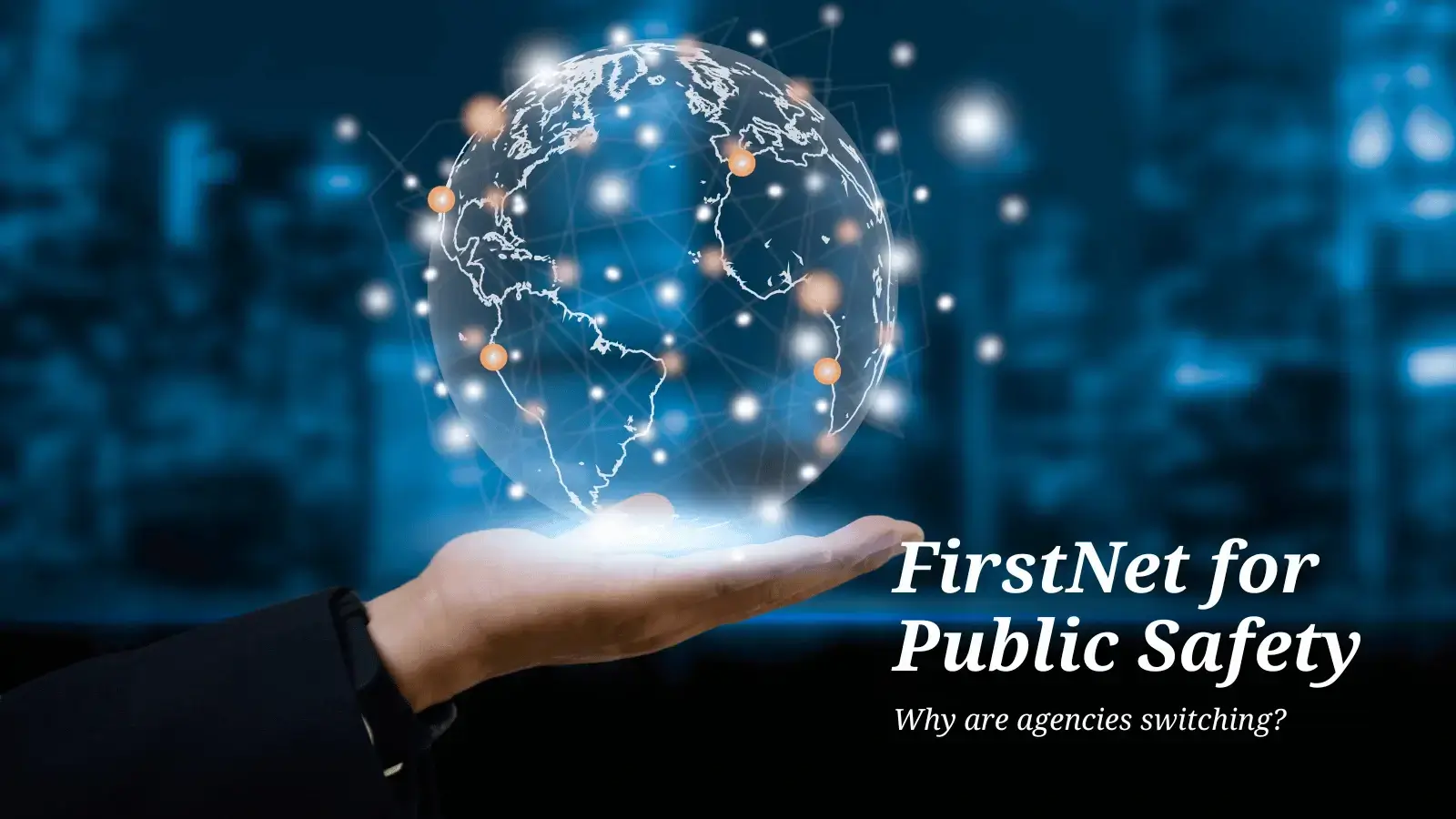When an emergency happens, seconds count. That’s why public safety agencies have been using Land Mobile Radio (LMR) systems for years to communicate with each other during emergencies. But with the launch of FirstNet, a nationwide broadband network dedicated to public safety, agencies like 911 are starting to make the switch from LMR over to FirstNet.

What is Land Mobile Radio (LMR)?
Land Mobile Radio is a two-way radio communications system that enables first responders to communicate with each other easily. It’s been used for decades by public safety agencies and is still widely used today. The systems operate on designated frequencies and are used by police, fire, emergency medical services (EMS), military, transportation industries, and more.
How does it work?
LMR networks are typically set up on dedicated radio frequencies and require base stations or repeaters to receive and transmit voice messages. This means that LMR systems are limited in their range of coverage, requiring a line of sight between the user and the base station. However, these systems can cover larger areas with more base stations and repeaters.
Why is it being replaced?
LMR was designed primarily for voice communications, and while they still provide a reliable source of communication, they are limited in the type of data that can be sent. FirstNet provides a robust network with greater bandwidth and coverage, allowing public safety agencies to send more information quickly and securely during an emergency. Additionally, FirstNet will enable agencies to take advantage of the latest technologies, such as wearables, drones, and body-worn cameras.
What is FirstNet?
FirstNet is a nationwide high-speed broadband network powered by AT&T that was built for public safety. FirstNet provides dedicated bandwidth for emergency services to communicate and coordinate quickly when responding to an incident. It also offers a range of features, such as group calling, text messaging, secure data transfer, and video streaming.
How does it work?
FirstNet was designed to be more reliable and secure than Land Mobile Radio. It runs on a dedicated network, separate from the commercial networks, which means that it can handle large amounts of data with greater reliability. Additionally, FirstNet is powered by AT&T’s 4G LTE network, which provides broad coverage throughout the country.
Why switch from Land Mobile Radio to FirstNet?
FirstNet offers a lot of advantages over Land Mobile Radio. It provides faster, more reliable data transmissions with greater coverage and enhanced features like real-time location tracking and multimedia capabilities. This helps the 911 dispatcher by providing more information when responding to an emergency. Additionally, FirstNet is interoperable across the country and with other public safety agencies, allowing for more accessible communication in multi-jurisdictional situations. Furthermore, FirstNet is secure by design so that first responders can trust their communications will remain private.
Conclusion
Switching from Land Mobile Radio to FirstNet is an important step for public safety agencies. It provides them with greater coverage, faster data transmission speeds, and enhanced multimedia capabilities. In addition, it’s interoperable across the country and secure by design. This helps first responders respond quickly and efficiently during an emergency situation.
